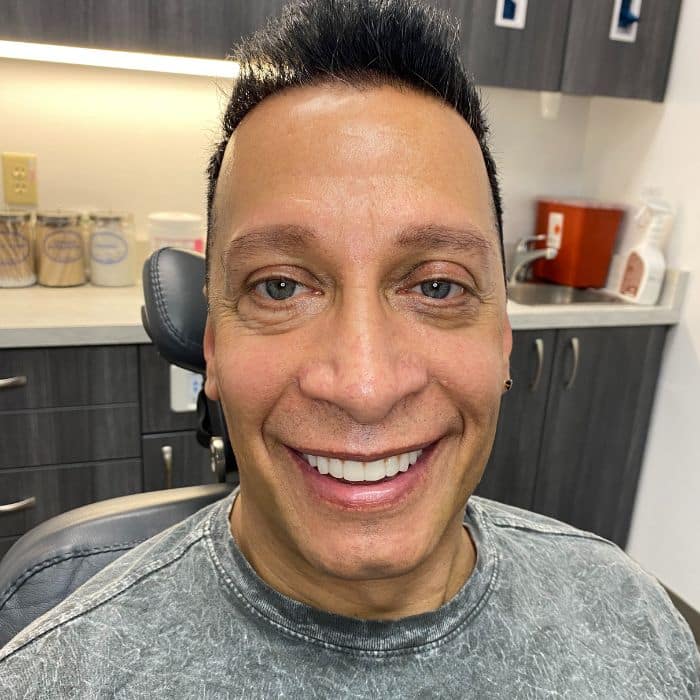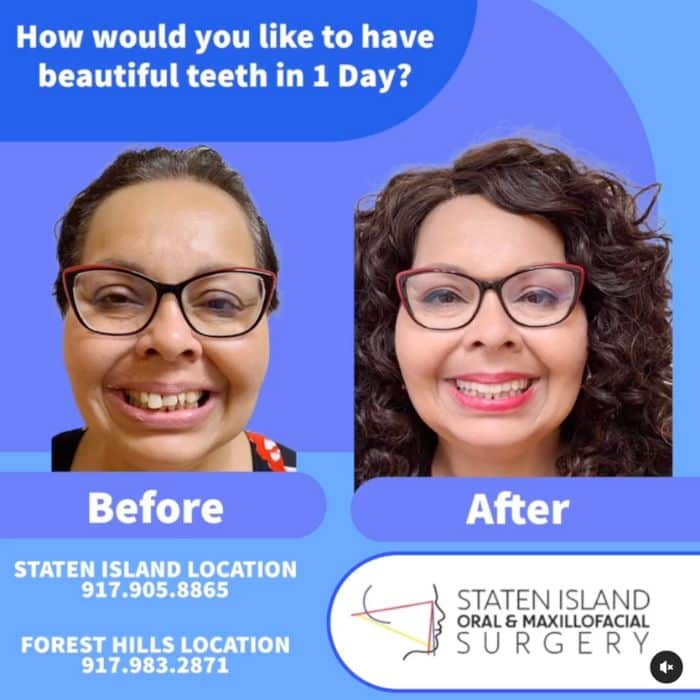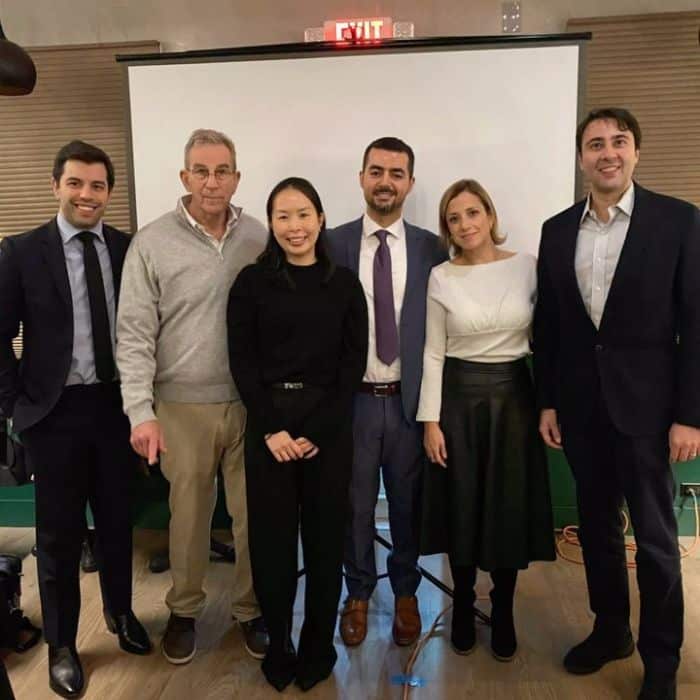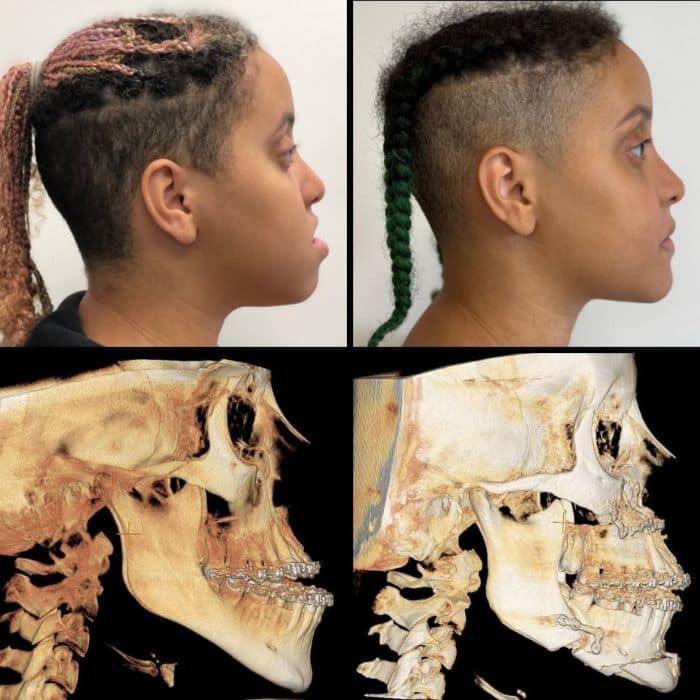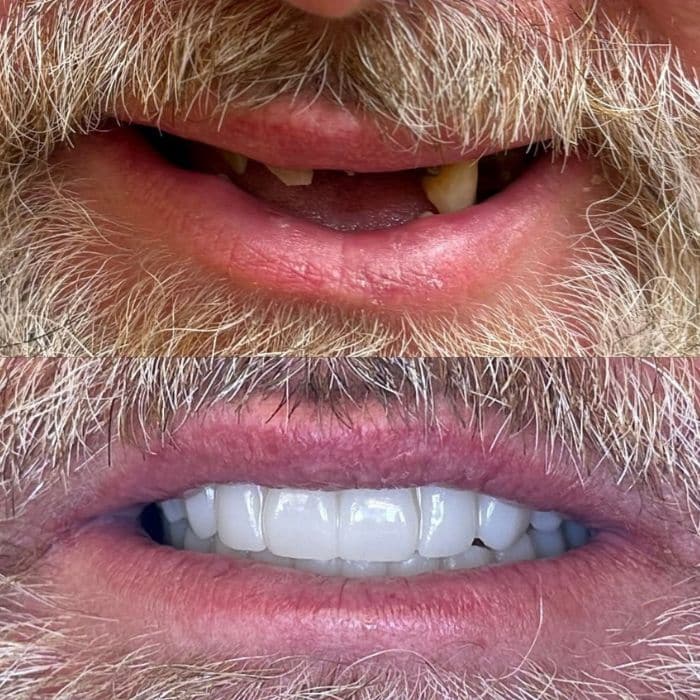MOHS RECONSTRUCTIVE SURGERY, TREATMENT OF SKIN CANCER IN STATEN ISLAND
MOHS Reconstruction
Our Mohs surgeon can treat skin cancer that is poorly demarcated, meaning the edges of the tumor are difficult to make out with the naked eye. In addition to Dr. Piloro, the office staff includes four histotechnicians who are trained to process, cut, and stain the specimen for proper histologic study.

What Is MOHS Micrographic Surgery?
Mohs micrographic surgery is a state-of-the-art treatment for treating common forms of skin cancer like basal and squamous cell carcinoma, as well as less common skin cancers. Mohs surgery has the highest success rate available for treating skin cancer with minimal sacrifice of normal skin. Mohs surgery is a complex procedure that is available at Staten Island Oral & Maxillofacial Surgery, combining surgical excision with immediate microscopic examination of the entire tissue specimen right in the office while you wait.
Dr. Piloro is our Mohs surgeon and pathologist at Staten Island Oral & Maxillofacial Surgery. Mohs micrographic surgery is Dr. Piloro’s treatment of choice for complicated skin cancers that are located on the face, ear, eyelid, lip, or scalp. Dr. Piloro also specializes in skin cancers that are large, recurrent, incompletely removed, and possess aggressive histologic features.

Frequently Asked Questions
How Do I Prepare For MOHS Micrographic Surgery?
Do not take any aspirin or aspirin-containing products for at least three weeks prior to Mohs micrographic surgery, as aspirin thins the blood. Do not take any anti-inflammatory pills, headache or cold remedies, or Alka-Seltzer. During your initial consultation, our Mohs surgeons will speak to you about which medications are safe to continue up until your surgery.
You should eat a normal breakfast or lunch on the day of surgery. You are welcome to bring your own lunch or snacks to the office. Please wear comfortable clothing and make sure your shirt buttons in the front and it does not come over your head. One-piece outfits should not be worn.
If the skin cancer is located in the center of your face, eyelid, or eyebrow area where a bandage will block your vision or impact your ability to wear glasses, please arrange for someone to drive you home from the office.
What Should I Expect On The Day Of The MOHS Procedure?
On the day of your surgery, one of our nurses will greet you and show you to the treatment room where your surgery will be performed. We will take your blood pressure and ask about any medications and allergies you may have. Please let us know if there is anything we can do to make you feel more comfortable throughout the procedure.
The surgery will begin with Dr. Piloro using a small needle to inject a local anesthetic to numb the skin. This feels like a bee sting and will only last a few seconds. This numbing medication lasts a few hours, and additional injections can be used later if necessary.
What Are The Different Stages Of MOHS Surgery?
Once the area is numb, Dr. Piloro will remove a thin layer of skin affected by the cancer. This is called Stage 1 and represents the first layer of skin that is mapped, divided, and color-coded.
This wound will be bandaged with gauze, and you will return to the waiting room. While you are waiting, Dr. Piloro and the histotechnicians will examine these tissue samples under a microscope to determine if tumor tentacles are left in the skin.
If the microscopic examination reveals that there is skin cancer remaining, Dr. Piloro will repeat the procedure as soon as possible. This second layer is called Stage II (note: if multiple stages are required, the Mohs procedure can take up a good percentage of the day). Because Stage I was divided, numbered, and color-coded, Dr. Piloro can determine exactly where residual cancer is left behind.
When the final stage of Mohs micrographic surgery is determined tumor-free, your skin cancer has been removed with a 99% cure rate for primary tumors and over 95% for recurrent tumors. You will be left with a skin defect that has clean margins (free of cancer).
The next phase of the procedure is the skin reconstruction. Dr. Piloro works closely with our oral surgeons who are experts at skin reconstruction, especially of the nose, ears, lips, and facial defects. They utilize highly advanced reconstructive techniques that show natural cosmetic results with minimal to no visible scarring.
How Does Staten Island Oral & Maxillofacial Surgery Provide The Best Cosmetic Results?
Unlike other reconstructive surgeons, our oral surgeons rely primarily on unique flap reconstructions to obtain the best cosmetic result. Adjacent skin used in the flap repair matches the thickness, color, and texture of the missing skin; whereas the graft skin removed from another facial area will not match exactly in thickness, color, and texture.
Your skin will be meticulously sutured using buried or subcutaneous sutures. These sutures dissolve over a one-to-three-month period and allow the skin edges to form a bond that will prevent delayed spreading of the scar. Scars typically require a 12-month period to heal; however, this suturing technique can produce remarkable resolution of scars within six weeks or less.
What Can I Expect After MOHS Micrographic Surgery?
You should spend the first day after surgery relaxing. It is important to keep your head elevated with pillows for the first few evenings following the procedure. If the surgery was performed around the eyes, you should apply ice packs during the first 48 hours to minimize swelling. Heavy lifting and exercising are not permitted until the sutures are removed.
You may shower the morning after surgery. Bathing is permitted as long as the incision site is not soaked for more than a minute at a time. You should pat the wound dry after leaving the shower and reapply the bandage.
How Can I Find Out More About MOHS Reconstruction?
For more information on MOHS reconstruction, please contact Staten Island Oral & Maxillofacial Surgery to schedule an appointment with oral and maxillofacial surgeons David Hoffman, D.D.S., F.A.C.S., Lydia J. Lam, D.D.S., Emad Abdou, D.D.S., and Mark Goodenough, D.D.S. by calling +1 (718-226-1251).
